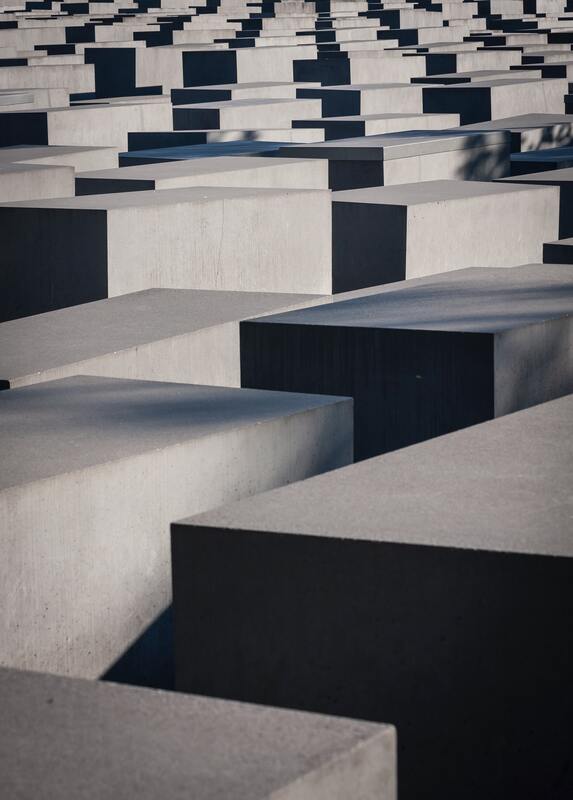Puyallup Concrete Pros
Concrete Molds
|
Making Concrete Moulds
A great way to create your own concrete sculptures is with concrete molds. Due to past successes, motivation from friends or the internet, or both, you might be inspired to give them a try. However, how is this done? Molds for forming concrete To begin, you'll need premium concrete molds (although some people call them cement molds or plaster molds). Concrete paver molds, patio molds, stone veneer molds, and brick veneer molds are all made by different businesses. The mold can cover a four to seven square foot area, depending on the type of stone or tile utilized. For instance, whereas a river rock mold can create 12 river rocks, a ledge stone mold can create up to 16 ledge stones. To create a variety of rocks or stones, you should buy a lot of molds. However, by utilizing different colors or spinning stones in different directions, you can prevent the appearance of identical stone or rock formations. Getting Concrete Molds Ready Once you've received your concrete molds and are prepared to start working on your project, use a mold release agent to make it simpler to take out the stones, tiles, or bricks once they're finished. Even while some companies advocate for the use of motor oil, the discharge is harmful to the environment. A spray bottle is a far more practical way to apply some of the newest mold release chemicals directly into concrete molds. Arrangement of Colors Finding and blending colors that you like is necessary for creating your own concrete pebbles, tiles, and bricks. A base color is first added to a concrete and sand mixture. To create the desired effect, experiment with various amounts and color combinations after selecting your base color. In fact, you can make an unlimited number of various hues by adjusting the color densities. Although some people have had success with natural oxides, ceramic stains, and even latex paint, synthetic iron oxides produce the most vibrant colors. Pouring and setting up concrete Your concrete mixture ought to be solid, not soupy. Fill the concrete paver molds all the way to the top by scooping the concrete mixture into them. You can fill the mold halfway if all you want is a veneer stone or tile. Getting rid of air bubbles after the pour is crucial if you've ever worked with concrete. You may achieve this by either buying and using a vibrating table or by bouncing the concrete stone molds up and down. The mold should be wrapped in plastic and kept out of direct sunlight. If the concrete is given more time to cure, it will get stronger. It is possible to remove the concrete molds after 24 hours, however waiting longer is advised. Rewrap the bricks, tiles, or stones in plastic once again to maintain the moisture inside and allow them to cure for an additional two weeks after being released. Your projects are now ready for usage; all that is needed is to seal them. It has been really satisfying for me to be able to construct a lovely stone pathway, tile entryway, or river rock fireplace. And to think that it all began when I chanced across an article on concrete paver molds in a magazine. |
Puyallup Concrete Pros is dedicated to providing outstanding educational and research materials as you consider your concrete-related projects. The possibilities are endless! Explore the articles and resources here, and contact our team with any questions. We look forward to working with you, and helping turn your vision into reality.
Puyallup Concrete proudly installs concrete for residential and commercial customers. We build concrete foundations, concrete slabs, concrete driveways, stamped concrete, patios, and more. Our team of experienced concrete professionals is local to the Tacoma area, and knows what it takes to build quality, lasting concrete work. We proudly serve Tacoma, Puyallup, and surrounding areas including Auburn, South Hill, Bonney Lake, Edgewood, Federal Way, Spanaway, and everything in between. Give us a call today!





